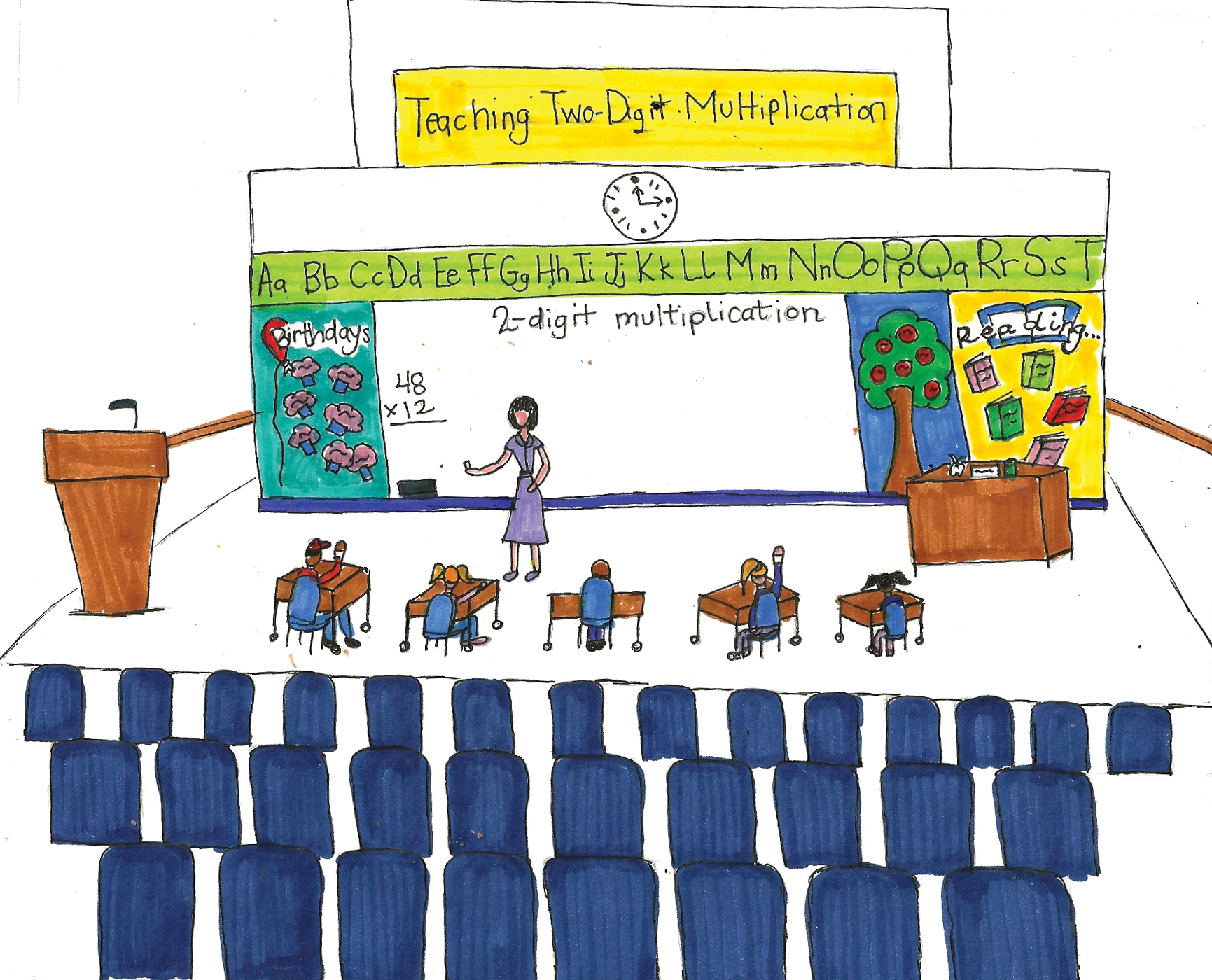When you ask a kid what he or she wants to be when they grow up, you can expect certain answers ““ astronaut, pilot, doctor ““ and teacher.
But for many of us, that dream of being a teacher indeed fades as we get older, leaving a concerning shortage of qualified teachers, especially here in California.
This is the overall conclusion of a report on the state of education in California led by Superintendent of Public Instruction Tom Torlakson’s office. Published this month, the report argues there needs to be a strengthening in California’s teachers and a significant improvement of their working environment.
However, the report fails to highlight a surprising antagonist to this mission to improve California’s teachers: the U.S. Department of Education.
We can begin to address this problem by significantly reducing the power of the U.S. Department of Education and returning the job of teaching to local levels ““ starting with the family and ending with the state.
There needs to be incorporation of competitive measures to emphasize school choice such as vouchers and tax breaks.
Allowing states to compete by introducing alternative education practices rather than having uniform policies like former President George W. Bush’s No Child Left Behind Act will ensure better forms of public and private education and ultimately create a better environment so that the currently distant dream of being a teacher may just be that much more realistic.
One glaring issue raised by this report was the numerous barriers prospective teachers faced at the undergraduate level. In California, there is a ban on undergraduate teaching education degrees and a cap on credits undergraduates are allowed to use toward graduate degrees.
This problem, as the report states, could be easily solved by adopting four- and five-year education programs that are successfully used in other states. At the very least, lifting the caps on allowable credits would allow more initial preparation for teachers and more general education courses to be completed before specializing in a particular subject and age group.
UCLA does currently offer minors in education studies and will open a science education minor this fall. While these sorts of programs are great for theory, they fail to provide adequate teaching experience for students ““ an essential they must now pursue on their own in programs such as California Teach, where undergraduates can gain experience teaching students. It would be highly effective in preparing teachers to require students in the minor to teach these sorts of programs for at least a quarter, because frankly, the current cost of education is too high.
It is unfair to force teachers through four years of education to be followed by a master’s degree that could cost around $50,000 a year if the learning is redundant. And with 32,000 teachers laid off in California in the past three years, it is a hefty risk to take in a bleak job market.
Additionally, programs that would give tuition assistance to students pledging to teach in high-need areas have been lost with budget cuts ““ an alarming trend where state spending on education at all levels has been lost to save failing pension and penitentiary institutions.
But, especially since many careers require graduate degrees, it may be difficult to eliminate the hurdles they present for potential teachers. For now, it’s even more important to make teaching a more rewarding job with a better work environment. This starts with more accountability and responsibility to parents and local communities rather than to the federal government.
By giving unbridled student loans regardless of merit or choice of major, the U.S. Department of Education has effectively raised tuition in a third-party payment system. Besides arguably making tuition incredibly high for those who want to be teachers, or anything for that matter, the U.S. Department of Education has been a profound example of wasteful spending.
Since 1979 when the department was created, its budget has increased from the equivalent of $14.5 billion to a staggering near $80 billion. And keep in mind that while the department grants each state 11 cents of every dollar it spends on education, it comes with 16 cents of strings attached.
What is most abominable is despite these drastic increases to the department’s budget, Cato Institute research has shown that student test scores in math, science and reading have remained flat in the past four decades.
There is much more to teaching the salary or the job availability because these are the people shaping the future of tomorrow’s leaders. In order to draw the brightest students to careers in teaching, there needs to be drastic improvements to the teaching environment.
Email Ugarte at rugarte@media.ucla.edu. Send general comments to opinion@media.ucla.edu or tweet us @DBOpinion.

Excellent column! Keep up the great work Mr. Ugarte, I’ve been a fan of your writing for a while and you’ve really made some excellent progress over your time at the Daily Bruin.